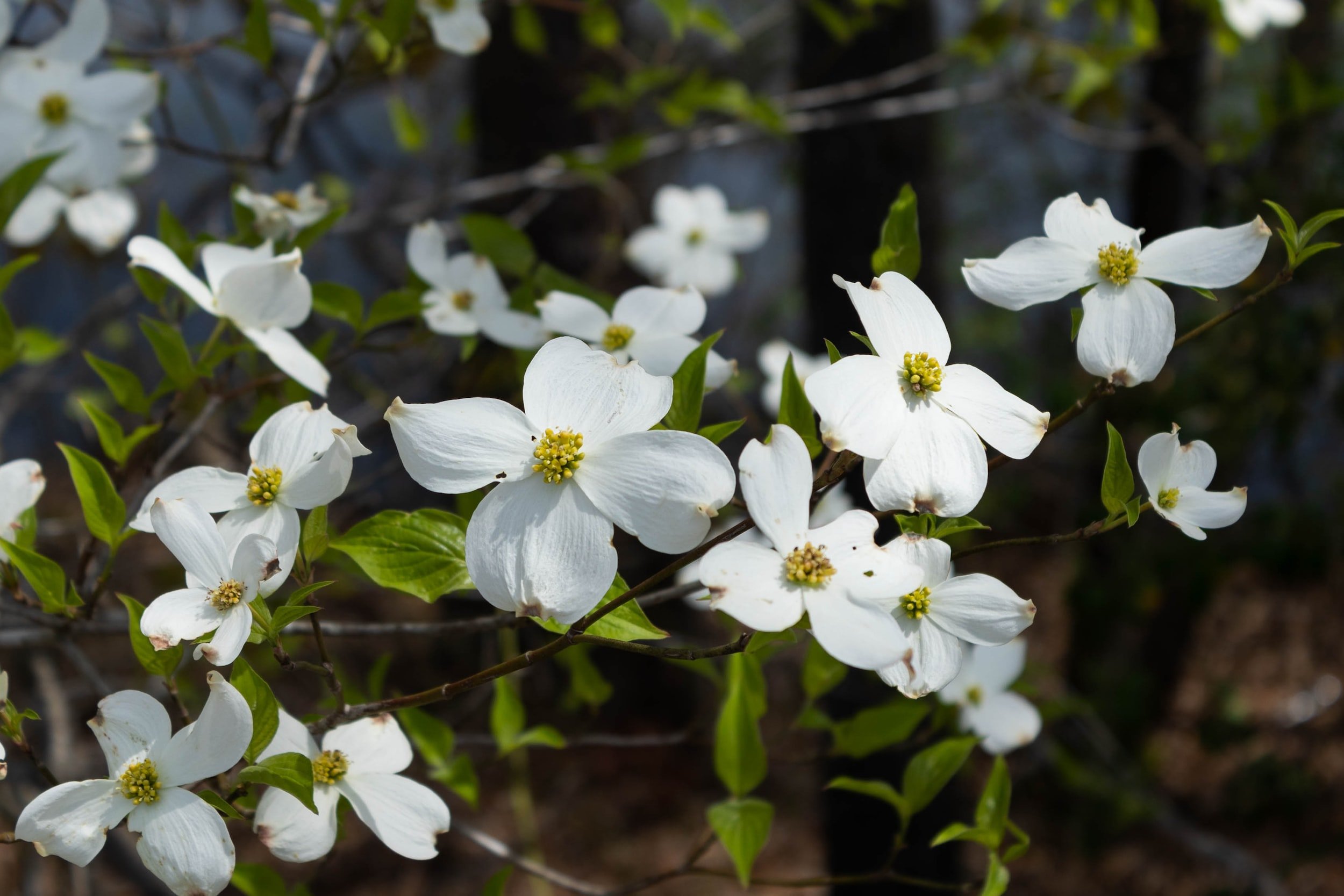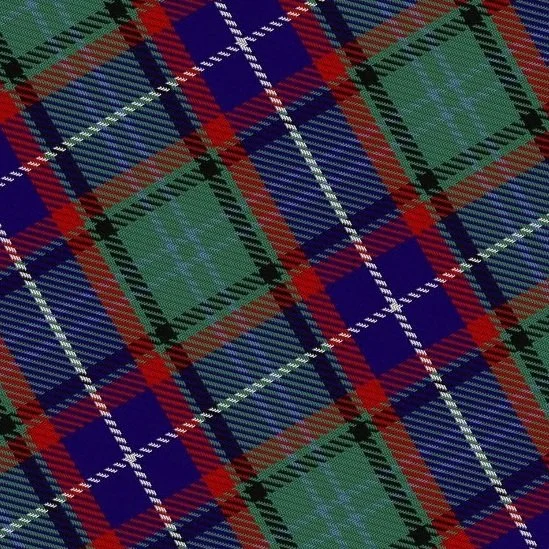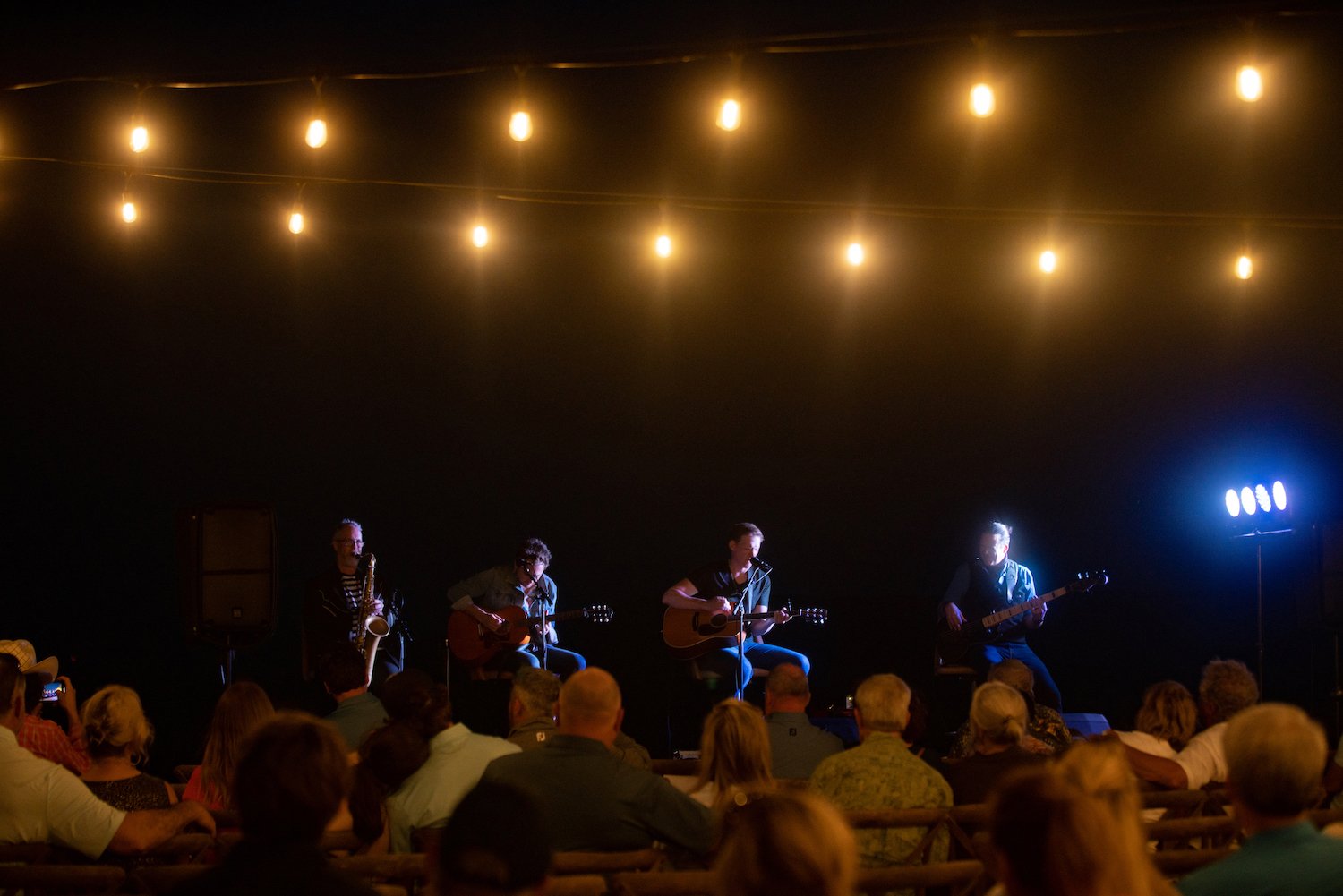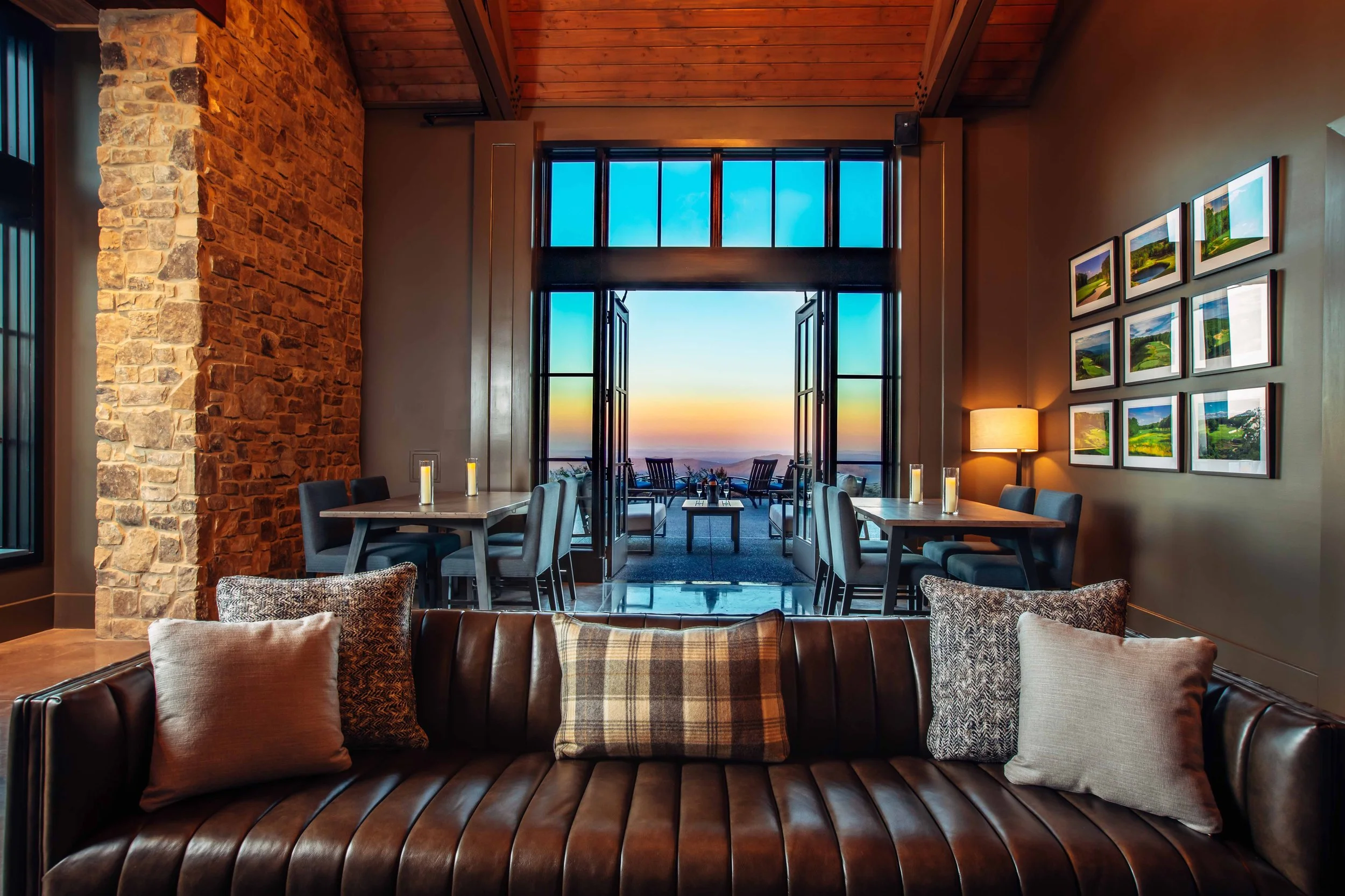THE MCLEMORE STORY
FROM SCOTLAND TO NORTHWEST GEORGIA

MAKING A MARK
Most every morning at sunrise we watch the clouds swirl like an ocean beneath McLemore. Low hills emerge. Long-armed shadows stretch westward across the valley. Colors shift from cool blues to rich oranges. Then, in a matter of a few short moments, the sun rises high in the sky, slowly burning off the morning fog. The air crisps. The mist smolders. Clouds lift, then disappear.
Welcome to another day at McLemore. A place we think of as an island in the sky perched serenely above the clouds most days of the year.
Sometimes, we all want to get away above the clouds to a place like McLemore: a place above the stress, chaos, Above the clouds is as much a state of mind as it is a special place on the mountain. and uncertainty where we can be reminded who we are, what we believe, and what matters most. What “above the clouds” means to us at McLemore is to rise above the noise, away from the bustle of the city, and up to the fresh air of the mountaintop.
At McLemore, we believe in the story inside the core of each red cedar, the four petals of a Cherokee dogwood, the soft lean of a bent grass green, and the heat of an August sunset. We believe in the beauty and joy in the all too often forgotten parts of this grand creation we get to enjoy. We are blessed to share this place with you.
THE MCLEMORE NAME
McLemore is named in honor of John McLemore, whose father, Charles, arrived in the area from Scotland some time in the early 18th century. It was here that Charles was reported to have married a local Cherokee princess named “Quatsy Wolf” and raised two sons, Robert and John. Fluent in both English and Cherokee, John McLemore was a minor chief of the Cherokees and also served as a Captain in the U.S. Army where he fought in the War of 1812 and the Battle of Horseshoe Bend in 1814.
ABOVE THE CLOUDS
McLemore’s motto, “Above the clouds,” is one part literal and two parts metaphorical. While clouds are beautiful from a distance and provide the sky a sense of scale, they also symbolize things we often wish to get away from: an exhausting commute, a high pressure job, and macro-level uncertainties. Whatever is troubling and stressful, being above the clouds, whether literally or physically, is the perfect remedy to pressures of our era and provides us with the clarity to step back to what we left behind.
Above the clouds is as much a state of mind as it is a special place on the mountain.
SYMBOLS OF MCLEMORE

A TALE OF TWO TARTANS
This is the story of a Scottish immigrant named McLemore who married a Cherokee princess over two hundred years ago. The Scotsman and the princess settled in the area and raised two sons they named Robert and John. The two boys grew into men and served as leaders among their local Cherokee tribe in Chickamauga, Georgia, as well as officers in the United States Army. John served America in the War of 1812 and the Battle of Horseshoe Bend in 1814.
Stepping back, the McLemore name has its roots in Scotland going back to the mid-17th century, and although its spelling varied significantly throughout the centuries, the modern McLemore surname derived from the 17th century MacGillemuire and MacGhille Mhoire surnames. These names eventually evolved into what is now recognized as, and pronounced, Morrison, from which the Morrison clan and their tartan emerged. Thus, while McLemore has no official tartan, the McLemore surname is a sept, or a relative, of Morrison, making the tartan above shared by the Morrisons and the McLemores.
The intersection of cultures is deeply rooted in the history of McLemore Cove. Settled by Cherokee tribal chief, Dragging Canoe, and his followers during the winter of 1776, McLemore Cove became an enclave for what became known as the Cherokee Chickamauga tribe.
The marriage of Charles McLemore and Cherokee princess, Quatsy Wolf, joined the cultures of the Cherokee and Scots. Years later in 1995, the Scottish Heritage USA organization presentated the tartan above to the Cherokee tribe (also known as the Cherokee Chickamauga tribe) at the
Grandfather Mountain Highland Games in North Carolina, perhaps beyond. McLemore’s current spelling is an American Anglicization of the Ayrshire name: McIlmorrow (“mac-il-morrow”). The “il” in Scottish was generally heard by the English ear in Britain and America as “le,” and the Scottish ending “ow” was usually dropped by English writers on both sides of the Atlantic.
The McIlmorrow surname in turn is derived from a western Perthshire and Invernesshire family called McGilmorie. The McGilmories arrived in the Highlands of Scotland by moving up the Great Glen from the western coast, where they had lived for centuries in the Hebrides. The name there was MacGillemuire in Old Gaelic, originally a title for the Kings of the Isle of Mann and the Isles. The MacGillemuire clan originated among the mixed cultures of Gaelic-speaking inhabitants of eastern Ireland and western Scotland. This culture resulted from the intermarriage of the native Gaelic population with the Norwegian and Danish Vikings who raided and occupied these areas. In the late 17th century, the carriers of the MacGillemuire name emigrated from Scotland to America, eventually shifting the spelling of their name from MacGillemuire to Macklemore.
The first record of the McLemore name in North America was Mungo Macklemore, who immigrated to Virginia from Scotland around the year 1679 as an indentured servant to a Virginia landowner. The Macklemores eventually settled in southern Virgina. From there, the family gradually expanded into the corner of northwest Georgia, where Charles McLemore, a Cherokee interpreter and Quatsy Wolf, a Cherokee princess, married and raised their two sons, Robert and John, for whom McLemore Cove is respectfully named.













